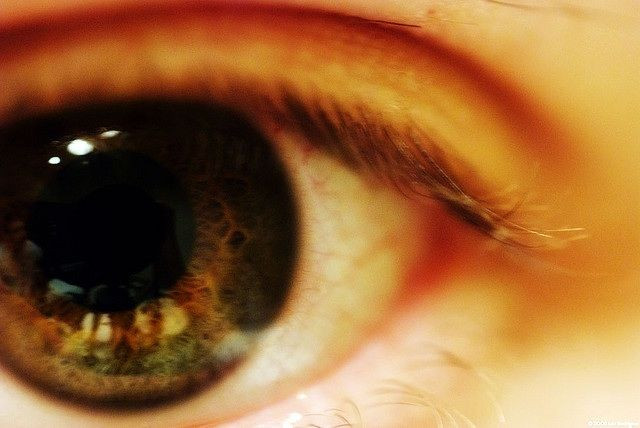Blindness Cure Could Be On The Way: Gene Therapy May Someday Treat All Types Of Vision Loss

There are currently more than 3.3 million people in the United States over the age of 40 who are either legally blind or suffer from poor vision. Researchers from Oxford University have developed a blindness cure through a gene therapy treatment in which an eye surgeon inserts the copy of a faulty gene via injection into the unhealthy eye, virtually regenerating damaged cells or preventing future damage to cells.
According to the Centers for Disease Control and Prevention, the most common causes of blindness and poor vision in the U.S. include age-related macular degeneration, cataract, diabetic retinopathy, and glaucoma. The team of researchers from the UK tested their experimental treatment during Phase I clinical trials on six male patients between the ages of 35 and 63 who were suffering from choroideremia. Choroideremia is an inherited form of blindness — affecting one in every 50,000 people — that is caused by gene mutation on the X chromosome.
"The cellular degeneration in this disease is fairly slow, providing a reasonably large window of time in which to intervene before the onset of visual loss", Professor Robert E. MacLaren from the University of Oxford’s Nuffield Laboratory of Ophthalmology said in a statement.
A virus to treat blindness?
MacLaren and his colleagues from the university first isolated a faulty gene that led to the deterioration of photoreceptor cells and eventual blindness. Choroideremia occurs after a halt in production of the REP-1 protein, which is caused by a mutation in the CHM gene. To deliver a functioning copy of the gene, REP-1 gene, the patients were injected with an adeno-associated virus, an innocuous virus developed by the researchers to deliver the gene in an appropriate location.
By the end of Phase I clinical trials, two of the patients who were classified as having late-stage choroideremia had reported an improvement of two to four lines of vision on a standard eye test. Four other patients who were in the earlier stages of choroideremia also reported significant improvements of one to three lines of vision. One of the two patients with late-stage choroideremia, Jonathan Wyatt, who was 62 at the beginning of the study, said he cannot believe the difference this cutting-edge blindness treatment had had on his everyday life.
“The very next day after the operation I looked at a mobile phone that (my wife) Diana had and I could read the digits. I hadn't been able to read the digits on a mobile phone for 5 years,” Wyatt told The Telegraph. “Now when I watch a football match on the TV, I look at the sceen with my left eye alone, and it is as if someone has switched on the floodlights. The green of the pitch is brighter, and the numbers on the shirts are much clearer."
What’s next?
Following the success of Phase I clinical trials, researchers hope to start Phase II clinical trials in which the gene therapy treatment will be tested on more common causes of blindness such as age-related macular degeneration. The procedure that MacLaren describes as similar to cataract surgery and approximately 40 minutes to two hours long could be approved for licensed therapy in five years.
"This is first time that gene therapy has been used to treat patients with normal visual acuity before the onset of clinically significant retinal thinning,” MacLaren added. “Our findings hold great promise for gene therapy to prevent loss of sight in other retinal diseases such as age-related macular degeneration.”
Source: Groppe M, Barnard A, Maclaren R, et al. Retinal gene therapy in patients with choroideremia: initial findings from a phase 1/2 clinical trial. The Lancet. 2014.



























